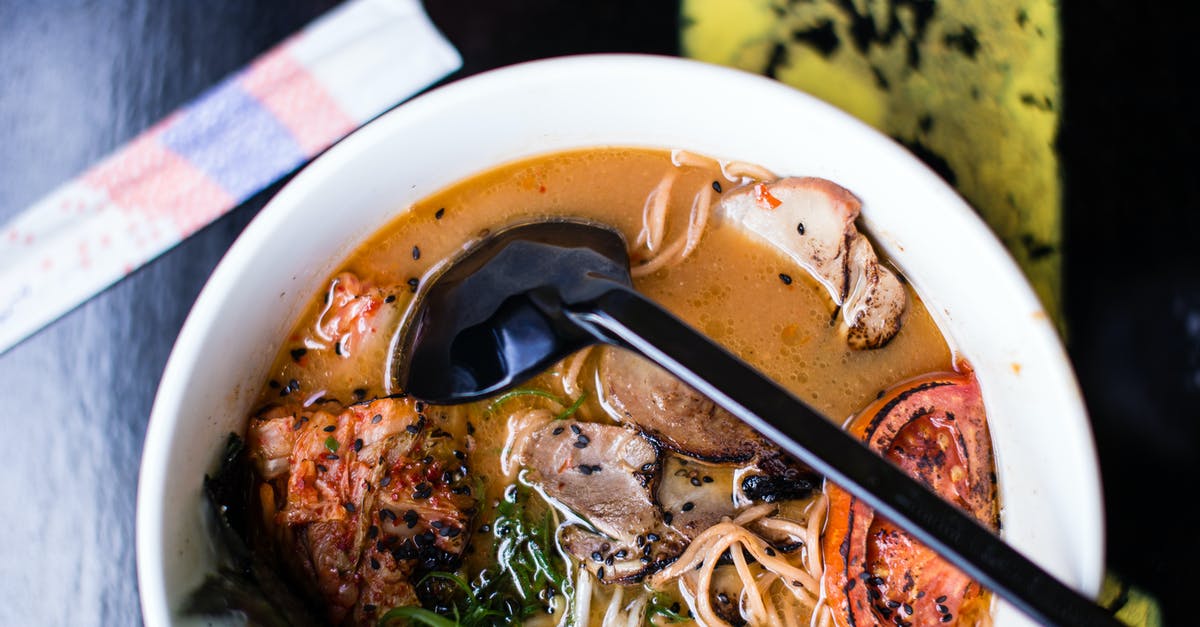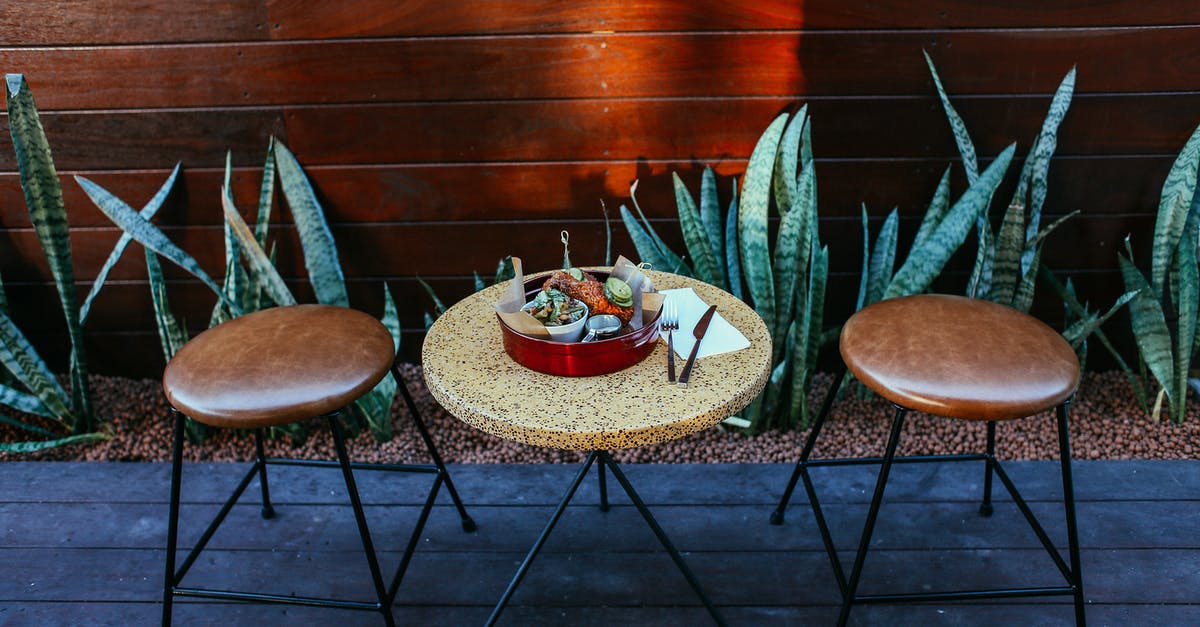Why is my meat grinder getting clogged with sinew?

Last Christmas, I got a meat grinder and I've stared experimenting with sausage making. My previous batches have been around a pound of pork, and I noticed that it seemed to slow down as I went. Today, I pushed through five pounds of chicken thighs and pork fat, which was a huge chore -- almost immediately, it the grinding would slow, and after maybe a half pound, I needed to take the blade out and clean the sinew out of the die. I could then go back and grind maybe a half pound again, before things clogged up.
Is this normal? I can't really imagine it is, or no one would ever grind meat.
I've tried the blade both ways -- one way is definitely the correct way; the other way doesn't cut at all.
I've cut the meat into cubes about the diameter of my thumb -- definitely smaller than the augur spacing.
I know, this isn't the world's best grinder (it's a "Back to Basics" brand). Does my blade need sharpening already? Is there some basic meat grinder technique I'm missing? Is the grinder just crap?
Best Answer
Is this normal?
Yes, it is. Sinew and other connective tissues (silverskin/fascia, ligaments) are very tough stuff; you need to remove as much as possible by hand before grinding.
Sinew and ligaments are strong, whitish strands or "cables" connecting bones to muscles and to other bones, respectively. They'll be in the same place on every piece of a particular cut of meat: a poultry drumstick has an easily-identifiable piece of sinew -- actually the "Achilles' tendon" -- heading from the fleshy part to the exposed end of the bone.
Silverskin is a connective boundary between muscles. It's a thin, clingy, and annoying sheet, translucent silvery white, that you will find on the surface, and defining the divisions of, various cuts of meat. It might make it through the grinder if your blade is nice and sharp and the piece isn't too big, but it's best to take it off (your teeth can't deal with it much better than the grinder can). You'll need a thin, sharp, narrow blade for this: a filet/boning knife, sometimes a good paring kife.
Essentially, anything that's not fat or muscle needs to be taken out before the meat goes into the grinder.
Chicken thighs have a lot of connective tissue. Some of it is hidden inside the muscle segments on the underside of the thigh; make sure you cut those open.
Depending on the particular piece of meat you have, you may end up with what seem like extremely small bits after this process. Even a nice pork shoulder can result in 1/4" or thinner pieces after the internal connective tissue is removed. This won't have any real effect on the grinding process; the only thing to watch out for is thorough and even mixing if you end up with many different sizes and are marinating/curing the meat before grinding.
You can grind without removing all the tissue (it gets frustrating sometimes), but you'll have to be prepared to stop the grinder and clean the blade and plate frequently -- the instant you notice that the meat is not coming out of the plate in clean, cohesive, and separate lines. If you see any signs of smearing or over-grinding (the grind will start to be too fine and become pink as the fat and meat combine), stop and clear the blade. Otherwise, the mixture won't emulsify properly, the fat will melt out when you cook it, and the sausage will be dry.
Does my blade need sharpening already?
It may very well, but this still won't help with sinew and ligaments.
You should treat your grinder blade the same way you treat your kitchen knives -- maintain its edge, rather than waiting for it to become completely dull. I'd say that I put my blade onto a sharpening stone every 50 lbs. or so. The nice thing is that it's extremely easy -- you are grinding all the arms of the blade at the same angle: flat. The plate also needs to be maintained by grinding the surface where it meets the blade (the edges of the holes should be sharp), but I'd say that this can be done much less freqently. The blade and the plate can both be maintained quite successfully and easily with a piece of fine (800 grit) wet-dry sandpaper slapped on a table.
Pictures about "Why is my meat grinder getting clogged with sinew?"



Why is my grinder mushing the meat?
The \u201cmush\u201d comes from the meat being pushed by the feedscrew through the plate holes but not being cut clean by the knife. This is caused if the knife and/or plate are dull or the tension between the plate and knife is not sufficient to allow the knife to clean cut the meat.How do you lubricate a meat grinder?
Here's what I would try first: remove the meat tray. Loosen the star bolt and pull off the grinder head. Try to back off or remove the auger from the grinder head, that should unbind the retaining ring, and you should be able to unscrew the retaining ring by hand, unless you put it on way too tight.How do you open a stuck meat grinder?
Soak the parts. Fill a sink or bucket with warm water and add some dish detergent. Place the disassembled parts inside once full. Let them sit for about a quarter of an hour to loosen up any remaining grease, oil, or meat. If your grinder is an electric model, do not soak any motorized parts.How to Remove Rust from Manual Meat Grinder
More answers regarding why is my meat grinder getting clogged with sinew?
Answer 2
I initially had problems with this on my Kitchenaid grinder attachment when I did not properly tighten the ring that holds the die and cutter together. Because they weren't mating as tightly as they should have, the sinew wasn't getting sliced, and would eventually bunch up and clog things.
Assuming your grinder assembles the same way, the first thing I'd check is that you're assembling things properly and tightening things down firmly enough.
And of course, other tips about trimming as much sinew and silverskin in advance as possible are spot on.
Answer 3
I've done a lot of grinding of wild game for over 30 years and used all kinds of grinders both electric and manual.
For manual grinders, try attaching a steering wheel from a car as this will give you more torque and make it ten times easier to grind.
On electric grinders such as the Kitchen Aid meat grinding attachment, be sure to use the coarse grinding plate first and then regrind the meat a second time with the fine grinding plate. This is much faster than stopping to remove sinew all the time and sometimes the coarser ground meat is fine if the cut of meat you are grinding is tender anyway.
Answer 4
Try freezing your meat first then cutting it on a band-saw into cubes then mince it for best results. It will pass through the mincers more easily without constantly clogging the mincer and the blades will cut through the frozen sinews more easily when the meat is frozen.
If you don't have a band-saw then dice the meat into cubes and freeze them loosely on trays. Once the cubes are frozen put them through your mincer and you will have the same results.
Answer 5
I have a cheapo( Oster) meat grinder that I use once a year for maybe 15 lbs of deer meat. It never worked like I thought it should so I did some fine tuning on it this year. First, I took the cutting blade and laid it flat on my diamond dust knife sharpener because it wasn't very sharp. Then I took the plate with the little holes in it , laid a piece of 600 grit emery paper on the counter top and rubbed around a bit. Right away, you can see if the plate is FLAT. It wasn't. Concave on one side and convex on the other. It may not have been more a than a couple thousandths of an inch out of flat but definitely wasn't flat. 600 grit paper would have taken many hours of hand work to get it true, so I took a 5/16 rod that has a 1 inch slot centered in one end and polished it till it fit tight in the center hole of the grinding plate. I put a piece of 250 grit sandpaper on the drill press table and dribbled a bit of oil on it. I put the rod in the drill chuck with the blade pushed on by had so the rod didn't hang out the bottom. After only about 15 minutes I had a niece shiney FLAT surface. I took it off, turned it over and worked the other side for a bit. After getting it to look pretty flat, I went back to the 600 grit with a couple drops of oil and finished both sides up. No need to get all the silver skin out of the meat, no need to cut it up in cubes and no need to pre-freeze the meat. I can put a 6 inch long piece in that is an inch by inch and a half and it eats it right up. This would be chilled from the fridge, but not anywhere near frozen I do fillet out tendons so some of the connective tissue is removed, but I don't have to spend NEAR as much time cutting up to grind as I used to.
Sources: Stack Exchange - This article follows the attribution requirements of Stack Exchange and is licensed under CC BY-SA 3.0.
Images: cottonbro, Rachel Claire, Rachel Claire, Rachel Claire
